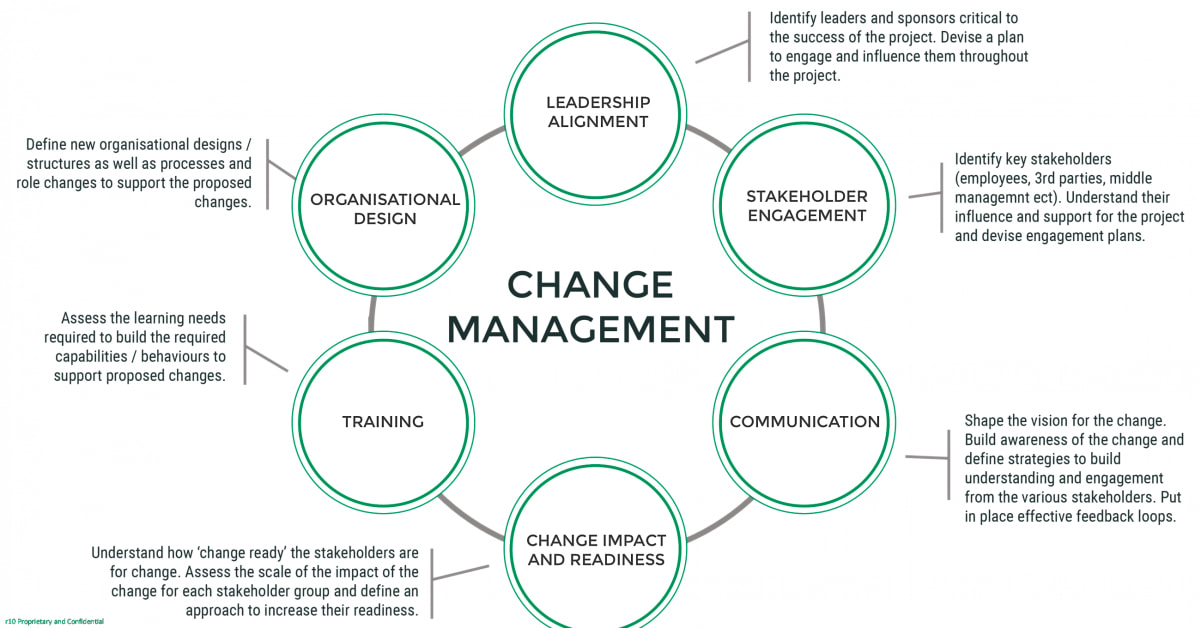Welcome to our comprehensive guide to business consulting and strategic planning, focused on the essential tool of SWOT analysis. In today’s fast-paced and competitive business world, it is crucial for companies to have a clear understanding of their strengths, weaknesses, opportunities, and threats in order to make informed decisions and stay ahead of the curve. This article will provide you with a deep dive into the world of SWOT analysis, covering everything from its history and purpose, to how to conduct one effectively, and its role in business planning and strategic management. Whether you are a business owner, consultant, or simply someone interested in learning more about this powerful technique, this article has something for everyone. So let’s dive in and unlock the full potential of SWOT analysis for your organization.
To start off, let’s define what SWOT analysis is. SWOT stands for Strengths, Weaknesses, Opportunities, and Threats. It is a framework used to assess and evaluate the internal and external factors that can affect a business. By identifying these factors, businesses can make informed decisions and develop effective strategies for growth.
When it comes to business consulting, SWOT analysis is an essential tool. It can help businesses identify their strengths and weaknesses, understand their market opportunities, and anticipate potential threats. By conducting a SWOT analysis, businesses can gain valuable insights into their current situation and make necessary changes for improvement. For example, if a business identifies a weakness in their marketing strategy through a SWOT analysis, they can then work with a consultant to develop a more effective marketing plan.
Now that we understand what SWOT analysis is and how it can benefit a business, let’s dive into the different types of consulting services available. These include management consulting, financial consulting, marketing consulting, and more. Each type of consulting service offers unique expertise and guidance in specific areas of business. For example, if a business is struggling with financial management, they may benefit from financial consulting services to help them develop a stronger financial plan. By understanding the different types of consulting services available, businesses can choose the one that best fits their needs and goals.
Types of Consulting Services Available
Now that we understand the importance of SWOT analysis in business consulting, let’s explore the different types of consulting services available and how they can benefit your business.
Why SWOT Analysis Makes Sense for Business Consulting
Now that we have explored the basics of SWOT analysis and its role in business consulting, let’s take a closer look at why this tool makes sense for businesses looking to improve and grow.
The Benefits of SWOT Analysis
There are several benefits to conducting a SWOT analysis for your business. These include:
- Identifying internal strengths and weaknesses: By examining the internal factors of your business, such as resources, capabilities, and processes, a SWOT analysis can help you identify areas of strength and weakness that may impact your overall success.
- Evaluating external opportunities and threats: A SWOT analysis also looks at external factors, such as market trends, competition, and economic conditions, to identify potential opportunities and threats that could affect your business.
- Developing strategic plans: Armed with a comprehensive understanding of your business’s strengths, weaknesses, opportunities, and threats, you can use a SWOT analysis to develop strategic plans that capitalize on strengths and address weaknesses, while taking advantage of opportunities and mitigating threats.
- Improving decision-making: With a clear understanding of your business’s current position and future potential, a SWOT analysis can help you make more informed decisions that align with your overall goals and objectives.
In summary, conducting a SWOT analysis can provide valuable insights into your business and inform strategic decision-making. It is an essential tool for any business looking to succeed in a competitive marketplace.
How to Conduct a SWOT Analysis
In order to get the most out of your SWOT analysis, there are a few steps you should follow:
1. Identify your objectives: Before conducting a SWOT analysis, it’s important to have a clear understanding of your business objectives. This will help guide your analysis and ensure that you focus on the most relevant factors.
2. Gather information: Collect data from various sources such as market research, customer feedback, and internal reports. This will give you a comprehensive view of your business and its environment.
3. Create a SWOT matrix: Divide a piece of paper or a whiteboard into four quadrants and label them as Strengths, Weaknesses, Opportunities, and Threats. Then, fill in each quadrant with the relevant information from your research.
4. Analyze and prioritize: Once you have all the information in your SWOT matrix, analyze it and identify which factors are most important for your business. Prioritize those factors and determine how they can be leveraged or mitigated.
5. Develop an action plan: Based on the results of your analysis, create an action plan to address the key issues and capitalize on the opportunities identified in your SWOT matrix.
Following these steps will help you conduct a thorough SWOT analysis and make informed strategic decisions for your business.
In conclusion, SWOT analysis is a valuable tool for businesses looking to improve their processes and strategies. By conducting a SWOT analysis, businesses can gain valuable insights into their current situation and make necessary changes for improvement. Additionally, by utilizing the expertise and guidance of various consulting services, businesses can work towards achieving their goals and reaching new levels of success.





